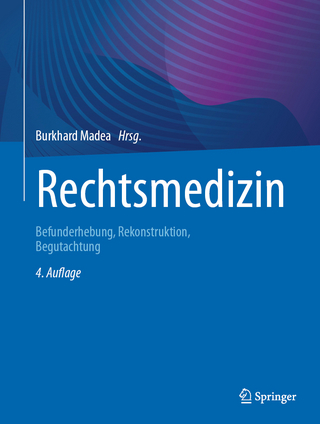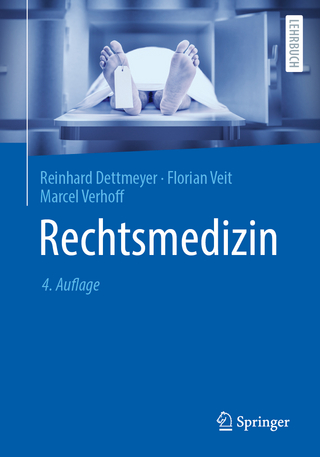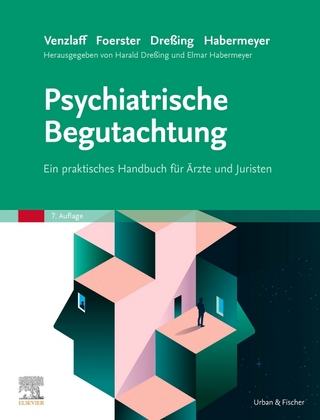
The Global HIV Epidemics among People Who Inject Drugs
Seiten
2012
World Bank Publications (Verlag)
978-0-8213-9776-3 (ISBN)
World Bank Publications (Verlag)
978-0-8213-9776-3 (ISBN)
- Titel z.Zt. nicht lieferbar
- Versandkostenfrei innerhalb Deutschlands
- Auch auf Rechnung
- Verfügbarkeit in der Filiale vor Ort prüfen
- Artikel merken
This study was undertaken as the third of a series of three economic analyses examining the global epidemics of HIV/AIDS in vulnerable populations. Informed by a critical review of epidemiological evidence and the most recent analyses of intervention efficacy, this work modelled the costs and impact of addressing the needs of people who inject drugs at scale in various epidemic contexts.
People who inject drugs (PWID) are at higher risk for acquiring HIV infection than the general population in many countries. Injecting drug use is present in 148 countries including a wide array of low and middle income countries where HIV incidence is growing in recent years - even as it declines elsewhere. This study was undertaken as the third of a series of three economic analyses examining the global epidemics of HIV/AIDS in vulnerable populations. Informed by a critical review of epidemiological evidence and the most recent analyses of intervention efficacy, this work modelled the costs and impact of addressing the needs of PWID at scale in various epidemic contexts. These particular research questions were addressed:
What are the modelled epidemic impact and costs of implementing a minimum adaptable package of evidence-based and human rights affirming services for prevention, treatment, and care of HIV/AIDS in PWID in globally representative epidemic scenarios?
What are the estimated returns on investment and costs of inaction of addressing these epidemics?
Taken together, the findings indicate:
Service coverage levels for ART and key harm reduction interventions with HIV prevention benefits are generally inadequate. Allocative decisions for HIV/AIDS should better reflect the burden of transmission and disease.
HIV transmission dynamics can be significantly reduced by scaling up a package of four key harm reduction interventions specific to PWID: Needle and Syringe Programs, Medically Assisted Therapy and HIV Counseling and Testing, as well as proportionate access in ART scale-up. Evidence-based and effective interventions for PWID should be funded and implemented - in the context of HIV prevention services for the general population, such as condom promotion.
Interventions for PWID - particularly in combination with treatment services - are cost effective or highly cost effective investment choices across the breadth of the global epidemic. The study presents compelling evidence for the most cost-effective approaches to minimising the transmission and impacts of HIV in this key population. This evidence may guide both operational design and policy dialogue in World Bank operations.
People who inject drugs (PWID) are at higher risk for acquiring HIV infection than the general population in many countries. Injecting drug use is present in 148 countries including a wide array of low and middle income countries where HIV incidence is growing in recent years - even as it declines elsewhere. This study was undertaken as the third of a series of three economic analyses examining the global epidemics of HIV/AIDS in vulnerable populations. Informed by a critical review of epidemiological evidence and the most recent analyses of intervention efficacy, this work modelled the costs and impact of addressing the needs of PWID at scale in various epidemic contexts. These particular research questions were addressed:
What are the modelled epidemic impact and costs of implementing a minimum adaptable package of evidence-based and human rights affirming services for prevention, treatment, and care of HIV/AIDS in PWID in globally representative epidemic scenarios?
What are the estimated returns on investment and costs of inaction of addressing these epidemics?
Taken together, the findings indicate:
Service coverage levels for ART and key harm reduction interventions with HIV prevention benefits are generally inadequate. Allocative decisions for HIV/AIDS should better reflect the burden of transmission and disease.
HIV transmission dynamics can be significantly reduced by scaling up a package of four key harm reduction interventions specific to PWID: Needle and Syringe Programs, Medically Assisted Therapy and HIV Counseling and Testing, as well as proportionate access in ART scale-up. Evidence-based and effective interventions for PWID should be funded and implemented - in the context of HIV prevention services for the general population, such as condom promotion.
Interventions for PWID - particularly in combination with treatment services - are cost effective or highly cost effective investment choices across the breadth of the global epidemic. The study presents compelling evidence for the most cost-effective approaches to minimising the transmission and impacts of HIV in this key population. This evidence may guide both operational design and policy dialogue in World Bank operations.
| Erscheint lt. Verlag | 30.12.2012 |
|---|---|
| Verlagsort | Washington |
| Sprache | englisch |
| Themenwelt | Medizin / Pharmazie ► Gesundheitswesen |
| Studium ► 2. Studienabschnitt (Klinik) ► Rechtsmedizin | |
| Studium ► Querschnittsbereiche ► Infektiologie / Immunologie | |
| Studium ► Querschnittsbereiche ► Prävention / Gesundheitsförderung | |
| ISBN-10 | 0-8213-9776-1 / 0821397761 |
| ISBN-13 | 978-0-8213-9776-3 / 9780821397763 |
| Zustand | Neuware |
| Haben Sie eine Frage zum Produkt? |
Mehr entdecken
aus dem Bereich
aus dem Bereich
Befunderhebung, Rekonstruktion, Begutachtung
Buch | Hardcover (2024)
Springer (Verlag)
199,99 €
Ein praktisches Handbuch für Ärzte und Juristen
Buch | Hardcover (2020)
Urban & Fischer in Elsevier (Verlag)
240,00 €


